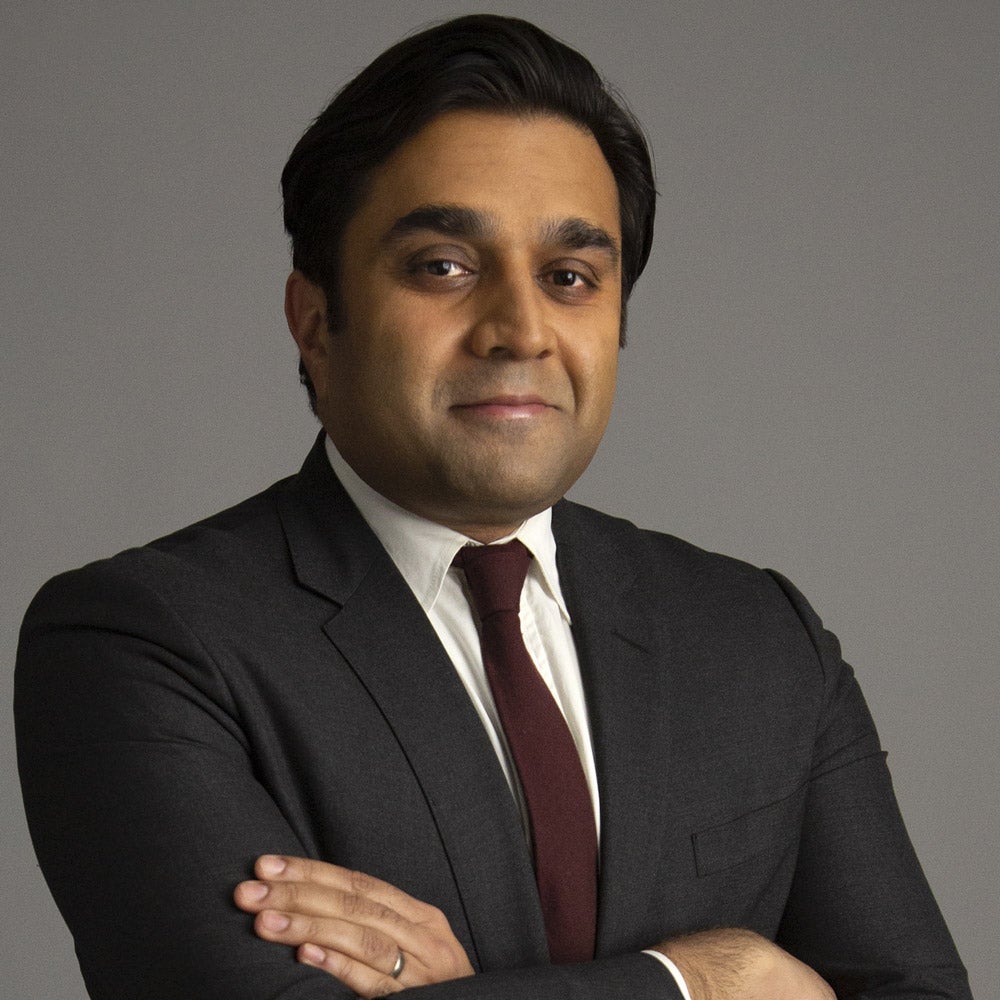
Opinion
NYC is working to help residents live longer, healthier lives
In New York City, as in our nation, people are getting sicker and dying sooner than they should. New Yorkers can expect to live two fewer years, on average, than they did in 2019. This is the first significant decline after a century of progress that extended lifespans across the United States by more than 30 years, primarily through prevention and public health.
During COVID, we knew the enemy, and we knew the assignment, even if there were bumps along the way. But despite the lessons learned from the pandemic, we’ve never fully agreed as a society on the specifics of “health.”
At the New York City Health Department, we’ve launched a campaign called HealthyNYC, to start a conversation about what health gives us, not just what sickness takes away. We’re focusing on developing a common understanding—even in a time of great division and discontent—that health is the great equalizer. Poor health stands in the way of opportunity, of happiness and freedom.
Sign up for Harvard Public Health
Delivered to your inbox weekly.
HealthyNYC wants to extend the life expectancy of New Yorkers to 83 years by 2030, up from the current average of 80.7 years. If we meet that goal, approximately 7,300 preventable deaths will be averted by 2030. That’s 7,300 loved ones, family members, neighbors, and friends who will still be with us and part of our communities.
The pandemic contributed to the decline in life expectancy, but there were other causes: chronic illness including heart disease, diabetes, and cancer; overdoses, suicides, and violence, often tied to underlying mental health challenges; and the pernicious stain of Black maternal mortality.
We’re working to extend life expectancy by addressing the leading risks and causes of premature death: Our food and nutrition systems, tobacco exposure, and our environment. We’ll focus on inequities—which often fall along the lines of race, place, and wealth—that make some people more likely to die before age 65. Improving lifespan demands that we improve the “health span.” To do this, we must address the leading risk factors and drivers of premature death.
Implementing such an ambitious vision requires collaboration and a long-term mindset. We recently worked with the city council to pass a law that will ensure that HealthyNYC is a permanent part of public policy and planning, updated every five years, regardless of who is in charge and the political winds of the day.
Because we know health is a team sport, we’re building citywide learning collaboratives that bring together stakeholders across public health, health care, social care, and other sectors, around key initiatives to reach our mortality goals. And we’re mapping economic modeling to each of the HealthyNYC goals, to begin shifting the gradient of health spending in our city—away from costly health care that doesn’t always produce the outcomes we want, and toward more spending in communities and on prevention.
One way we’re doing this is through a Medicaid waiver recently approved for New York by the Centers for Medicare and Medicaid Services, which will allow us to drive more health care resources into community-based organizations to address critical health-related social needs, including nutrition and housing programs, prenatal care and family visiting programs, and employment and educational support. New York City is home to more than 50 percent of the Medicaid recipients in the state, and our programs will play a central role in shaping this waiver and its impact.
What will it take to be successful? First, we need better data. COVID showed that our data is too siloed and too fragmented to support coordinated action with speed and effectiveness. Our technology and data teams worked day and night to get the latest pandemic information to New Yorkers. They need more efficient systems that will make their work less labor-intensive.
Last year, we launched the New York City Center for Population Health Data Science, a citywide population health surveillance system that improves links between public health, health care, and social service data by building best-in-class technology infrastructure and informatics capabilities. These connections will help create a more accurate picture of New Yorkers’ health.
The center will help us develop consistency, compatibility, and interoperability so data can be shared no matter where or how it’s collected—from routine clinical care to mandated public health surveillance activities to community programs.
We’re also focused on building a resilient workforce. When I started at the Health Department nearly three years ago, we had a 33 percent vacancy rate. Only about half of our staff was satisfied with their work and working conditions. Too many staff members were subjected to pandemic-related threats and protests. We had disruptions at our places of work, and I personally was subject to protests and violent threats at my own home.
In response, we’ve expanded access to mental health care services for our workers, improved pay equity, and protected telework flexibilities. We are working on disability access and protections for our workers, and we are investing in leadership and coaching for our managers. Last year, our vacancy rate dropped to about 10 percent, and more than 80 percent of our staff reported they were satisfied with their work.
We’re at a moment of historic mistrust—in leaders, in institutions, and even in each other. By investing in our public health systems and agencies, we’re focusing on what we can do to build back that trust—and with it, the promise of health, opportunity, and freedom for all.
Source image: Seahorsevector / Adobe Stock



